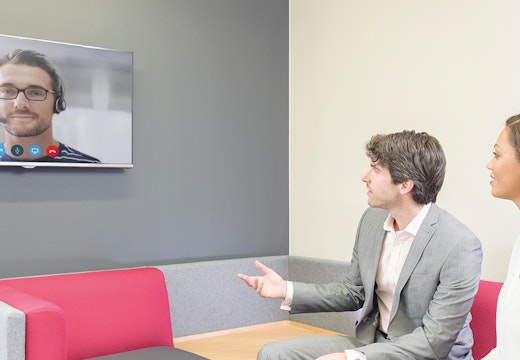The truth about workplace productivity
As the global productivity slump continues, understanding the barriers and obstacles to focused work can tap opportunities for improving employee performance
It is unlikely that people work at their maximum productivity for the duration of the entire working day. It is human nature to get distracted, research has even found that a little bit of distraction and downtime is actually beneficial to our overall productivity. However, too much distraction can be counter-productive and detrimental to businesses.
On average, workers waste over two hours each working day on things unrelated to their role, including two thirds of people who admit that their daily Internet use that isn’t connected to their work. In addition, two in five employees feel they’re distracted by colleagues coming over to their workstation for unannounced meetings and chats.
Understanding the dips in productivity provides an opportunity to improve productivity margins. However, many companies are not aware of where their dips occur and therefore do not understand the scale of the issue.
As a new decade of workplace-friendly technology and flexible ways of working kicks off in earnest, there’s plenty that can be done to make sure organisations are getting the most out of their human resource. Below are five practical tips that help define and conquer the productivity slump.
- Definition is key
Workplace productivity isn’t quite as simple as keeping everyone on a clock. What a hard day’s work looks like to a sales executive is going to be very different to a finance admin, for example. So, establishing what genuine productivity looks like for each employee and team is an ideal place to start.
- Ask the questions
There’s no better way to check the pulse of employees’ productivity and wellbeing than by sitting down and talking to them. Qualitative data can provide a deeper insight into what is putting people off and then solutions can be derived to ensure people take those chats into proper meetings.
- Explore gamification
Even the most repetitive or mundane of jobs can be made competitive, light-hearted or even fun by using gamification software. By giving employees targets to hit or rewards for achievement, they’re not only more engaged in their own productivity, but also more closely involved in the success of the business.
- Set some goals
Connected to gamification, any member of staff can be given targets and key objectives to work towards – they don’t have to be the sole domain of sales team. Determining tough but achievable goals strikes the right balance between something that needs dedication and an achievement that’s meaningful.
- Keep your eyes on the net
There’s no point just blocking Facebook, LinkedIn or other social media, for example, from your company’s Wi-Fi, because employees will just start using them on their phones instead. But Internet monitoring is valuable to spot repeat offenders who spend too much time shopping or on their social media. Perhaps more relevant to your work is that the data generated can spot workers who have to use a multitude of different applications to do their jobs, and opportunities where simplifying the range can improve their workplace productivity and motivation.
There is no silver bullet to solving the workplace productivity paradox, but understanding the barriers to productivity can play a significant part in finding a solution to improving overall workplace productivity in any organisation.
References








